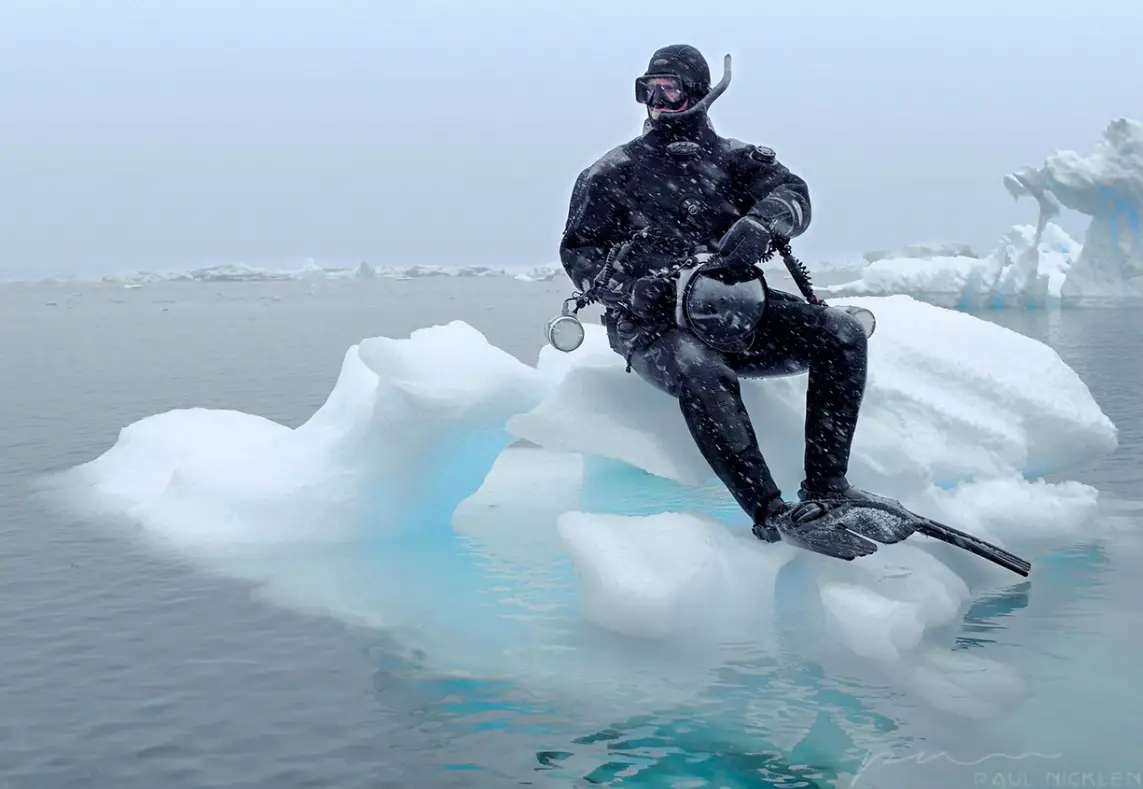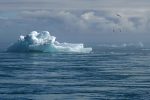In today’s world, pressing issues are not a rarity. Perhaps one of the most heated topics right now is the fight against climate change. Efforts to fight climate change are occurring on many levels: political, social, scientific and economic. But there are also ways that this fight against climate change permeates our everyday lives.
Paul Nicklen, a 50-year-old Canadian-born filmmaker, photographer and marine biologist, has been using his photojournalism skills for years as a way to bring attention to the ongoing effects of warmer temperatures, especially in the polar regions. From working with National Geographic as an assignment photographer to co-founding SeaLegacy, a nonprofit society that brings awareness to our oceans, Nicklen consistently uses his skills and passion to convert indifference to action.
https://www.instagram.com/p/BqAmdwEnYKP/
Nicklen’s familiarity with polar environments started from a young age, when his family moved to Baffin Island in northern Canada. Located in the Arctic Archipelago, the island served as Nicklen’s introduction to his love for polar environments and their amazing landscapes. In an interview with Guardian, Nicklen said, “I learned how to freeze.” It was this ability to adapt to harsh environments and blend into the scenery that has allowed Nicklen to take some of the most eye-catching and transformative pictures in wildlife photography today.
Much of Nicklen’s photography has been taken on assignments for National Geographic. To date, he has published over 20 stories for the magazine, and they even published his book, “Polar Obsession.” The images that Nicklen captures show the raw experience of nature – not just being with animals, but seeing how they live. It’s Nicklen’s ability to communicate this connection that initiates the conversation on human-caused global warming.
The work that Nicklen has done has not gone unnoticed. Among other prizes, he has won 15 awards in the Wildlife Photographer of the Year Competition through the Natural History Museum and BBC Wildlife, five prizes in the World Press Photo Nature Stories Contest and the BioGems Visionary Award for Arctic Photography.
In addition to these recognitions, Nicklen is a well-known TED Talks speaker. In 2011, at a TED Talk in Long Beach, California, Nicklen spoke about “tales of ice-bound wonderlands.” In the presentation, Nicklen talked about his experiences while photographing leopard seals in Antarctica and following the Kermode bear through the Great Bear Rainforest. Of these experiences and of all the others that he has had the privilege to go through, Nicklen said, “And what I’m trying to do with my work is put faces to [the loss of sea ice]. And I want people to understand and get the concept that if we lose ice, we stand to lose an entire ecosystem.”
In August of this year, Nicklen published his most recent book, “Born to Ice.” The book chronicles the polar regions of the world as seen through the eyes of Nicklen and through the lens of his camera. A powerful foreword by actor and conservationist Leonardo DiCaprio reads: “To witness the Arctic and Antarctic through Paul Nicklen’s lens is to experience hope in action. As a collection, the images build in scope and power, leaving you profoundly affected and deepening your sense of commitment to protect these stunning parts of our planet.”
https://www.instagram.com/p/BpsSznCHeAg/
Through his renowned work and photography, it’s easy to see how Nicklen has amassed a spectacularly large audience. With 4.7 million followers on Instagram, it’s clear to see that people are getting Nicklen’s message. The platform allows Nicklen to share photos that he has taken, as well as shots taken of him with handcrafted captions pertaining to current ongoing discussions.
A post from early November depicting a leopard seal is captioned, “It is really disappointing to see [Convention for the Conservation of the Antarctic Marine Living Resources 2018] negotiations fail to conserve the Antarctic southern ocean once again despite three strong MPA proposals desperately needing more progress. We are running out of time and I feel more motivated than ever to use visual story-telling to drive the conservation of the most fragile and beautiful places on this planet.”
While the large number of followers Nicklen has amassed is impressive, it’s very clear that his end goal is not to gain recognition for himself but rather to bring attention to conservation. He wants to be able to push others to get involved and understand what exactly it is that they are fighting for. In the same aforementioned interview with The Guardian, Nicklen said, “Photography has the power to break down the walls of apathy, to grab people at the heart and then teach them something. You can change their minds, but you have to make that emotional connection first.”
Outside of taking pictures, Nicklen has taken more steps to further share his vision with the public. In 2014 he co-founded the non-profit SeaLegacy with Cristina Mittermeier, his partner and fellow pioneer of the modern conservation photography movement. SeaLegacy brings together photographers, filmmakers and storytellers to help bridge the gap between talking about climate change and seeing its effects in action. By using new digital and social technologies, SeaLegacy is able to reach a wider audience through expeditions and campaigning, hoping to find solutions that work toward creating healthy oceans.
The most impactful part of Nicklen’s work is that it is easy to tell just how much he respects all of the animals and landscapes that he photographs and visits. In the closing sentiments of his TED Talk, Nicklen said, “Anybody want to come with me to Antarctica or the Arctic, I’ll take you; let’s go. We’ve got to get the story out now.” And he’s right. It’s never too late to get involved, and there’s never too little that you can do. Who knows? In the fight against climate change, perhaps your weapon can be a camera.
















